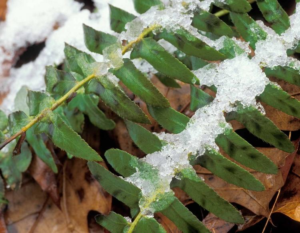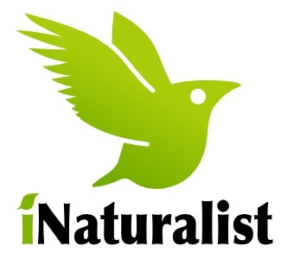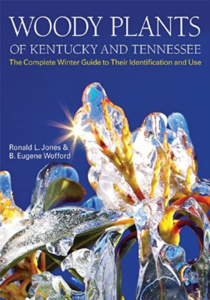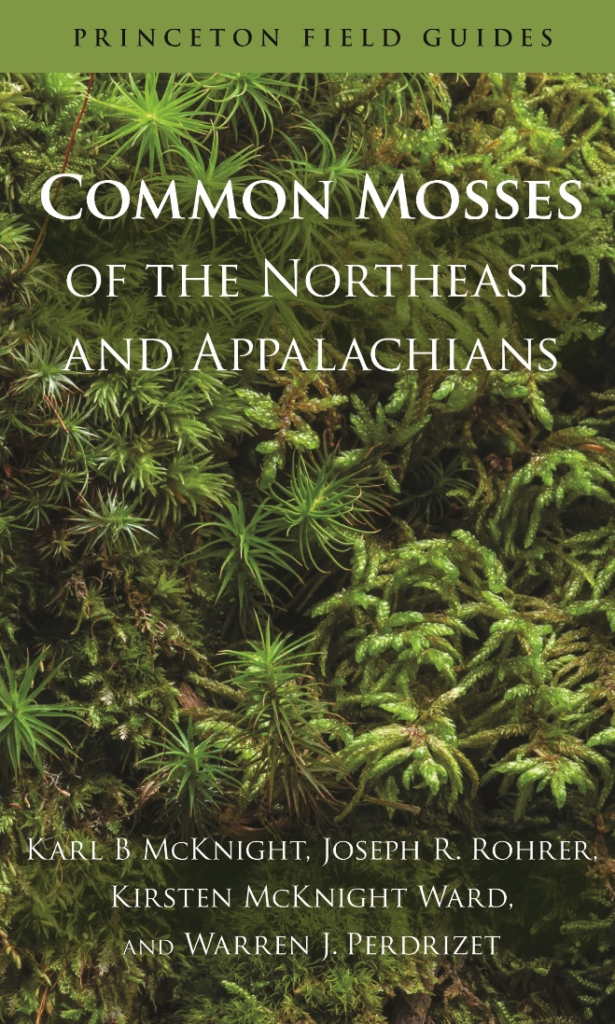by Nick Koenig
As the first day of Winter has passed, the growing season has concluded in the Commonwealth. This may appear to be time for native plant enthusiast to close up shop until the beloved Spring ephemerals make their appearance in March. However, the Kentucky landscape provides plant lovers with many opportunities to botanize during these colder months, and I hope to share some of the groups you can learn as well as the resources I would recommend! While winter identification will be a bit more esoteric than having leaves and flowers at one’s disposal, it is a challenge I encourage everyone to take a jab at.
If there’s wood… there’s a bud!
From the largest of tress to the smallest of vines, if a plant has wood, then this necessitates a bud to protect next year’s leaves. While buds are smaller and look more similar to one another than flowers and leaves, they can give great clues to what species you might be looking at. Sometimes the buds can be more trustworthy than leaves as well!

Photo Credit: Virginia Tech Dendrology Fact Sheet – Acer Rubrum
Pictured on the left is Red Maple (Acer rubrum) and on the right is Kentucky’s state tree the Tulip Poplar (Liriodendron tulipifera) both displaying their buds awaiting a botanist’s identification!
Evergreen
An obvious choice is to look for species that keep their leaves all year. This can range from ferns (see below) and gymnosperms (Pines and Spruces) to the angiosperms (like American Holly). While there will not be as many species to identify during the winter that have their leaves on display when compared to the summer months, there are still some species to appreciate.
Pictured is the Christmas Fern (Polystichum acrostichoides) which can be found year-round.
Mosses
I usually find the mosses to be the most challenging group of plant life to tackle, but, alas, the mosses do provide plant lovers to pursue their quest to learn what mother nature holds in store for us.
Resources
Below is one app and two books that can help with you winter botanical adventures:
iNaturalist App
This is a great resource for getting an identifier in the ballpark. The app may not do too well with pictures of buds especially if the pictures are not of the best quality, but it is worth a try. If you need instructions on how to use the app, check out the following Lady Slipper article from a previous issue: iNaturalist Tutorial
Woody Plants of Kentucky and Tennessee—The Completed Winter Guide to Their Identification and Use by Jones and Wofford
Commonly called “Woody,” this book has a dichotomous key and a great set of colored pictures in the back.
Common Mosses of the Northeast and Appalachians by McKnight et al.
A great resource for moss identification for our area. Mosses are difficult to identify so this book may only help you get to family or genus, but some you might be able to get to species!





